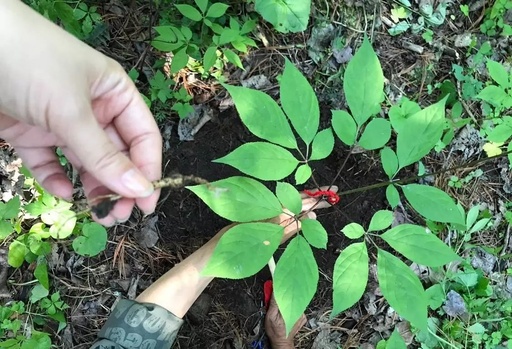
The method of diagnosis that involves using the sense of touch through a series of techniques such as pressing, touching, and palpating the body surface to obtain the necessary information for diagnosis is called 切诊 (qiè zhěn). The term “切” implies closeness, as in being close to the patient’s body to diagnose the illness.
切诊 includes pulse diagnosis, skin examination, and palpation of the hands, feet, chest, and abdomen. Pulse diagnosis has been briefly discussed in the first lecture and will be covered in more detail in subsequent lectures. Here, we will focus on other aspects of 切诊 (qiè zhěn).
In classical texts and educational materials, the parts of 切诊 (qiè zhěn) other than pulse diagnosis are referred to as 按诊 (àn zhěn). This involves touching and pressing certain areas of the patient to infer the location, nature, and severity of the disease based on local abnormal changes.
The techniques of 按诊 (àn zhěn) mainly include touching, palpating, and pressing. Touching involves lightly contacting areas such as the forehead and skin of the limbs to assess conditions like cold or heat; palpating involves feeling the patient’s sensations and local morphology; pressing involves applying pressure to areas such as the chest, ribs, and abdomen to assess deeper sensations and forms. These techniques are often used in combination, starting from light to heavy, and from superficial to deep, to further understand the condition.
Alongside observation, listening, and inquiry, 切诊 (qiè zhěn) is also a crucial step that allows for further collection of disease information, thus enhancing the overall diagnosis.
Touching the skin can assess conditions such as internal and external, cold and heat, deficiency and excess, dryness and dampness, as well as swelling. In the text 灵枢·论疾诊尺: “If the skin at the wrist is very hot and the pulse is strong and rapid, it indicates a warm disease,” touching the skin from the wrist to the elbow can help diagnose febrile diseases.
If the patient feels cold but the skin is very hot upon initial touch, and the heat diminishes with prolonged pressure, it indicates heat on the surface; if the patient feels hot and the heat increases with prolonged pressure, it indicates heat within.
Pain upon light pressure indicates a superficial condition; pain upon heavy pressure indicates a deep condition. Generally, when Yang Qi is abundant, the body tends to be hot; when Yang Qi is deficient, the body tends to be cold.
Skin that is moist and soft and prefers to be pressed indicates a deficiency condition; areas that are hard and painful and resist pressure indicate an excess condition.
Dry skin indicates a lack of sweat or insufficient body fluids; moist skin indicates sweating or adequate body fluids.
Skin that is excessively dry and rough indicates dryness-heat injuring Yin or internal dry blood; skin that is excessively moist and delicate indicates cold-damp injuring Yang or internal water-damp.
Swollen skin that leaves an indentation upon light pressure and does not immediately return to normal indicates edema; if it returns to normal upon lifting the hand after prolonged pressure, it indicates Qi stagnation.
Touching the hands and feet for cold and heat can differentiate between external pathogens or internal injuries. The back of the hands and feet being hotter than the palms indicates an external febrile condition; the palms being hotter than the back of the hands and feet indicates an internal febrile condition. Comparing the heat of the palms with that of the forehead can differentiate between exterior heat or interior heat; if the forehead is hotter than the palms, it is mostly exterior heat; if the palms are hotter than the forehead, it is mostly interior heat.
If both hands and feet are cold, it indicates Yang deficiency and excessive cold; if the hands and feet fear heat, it often indicates excessive Yang heat. Examining the cold and heat of the limbs can reveal the status of Yang Qi; if the limbs are warm, Yang Qi is still present; if the limbs are extremely cold, the condition is often severe. As stated in 伤寒论·辨少阴病脉证并治篇: “In Shaoyin disease, if there is diarrhea that stops, with aversion to cold and curled body, and warm hands and feet, it can be treated; if there is aversion to cold, curled body, and diarrhea, with cold hands and feet, it cannot be treated.”
To be continued…


